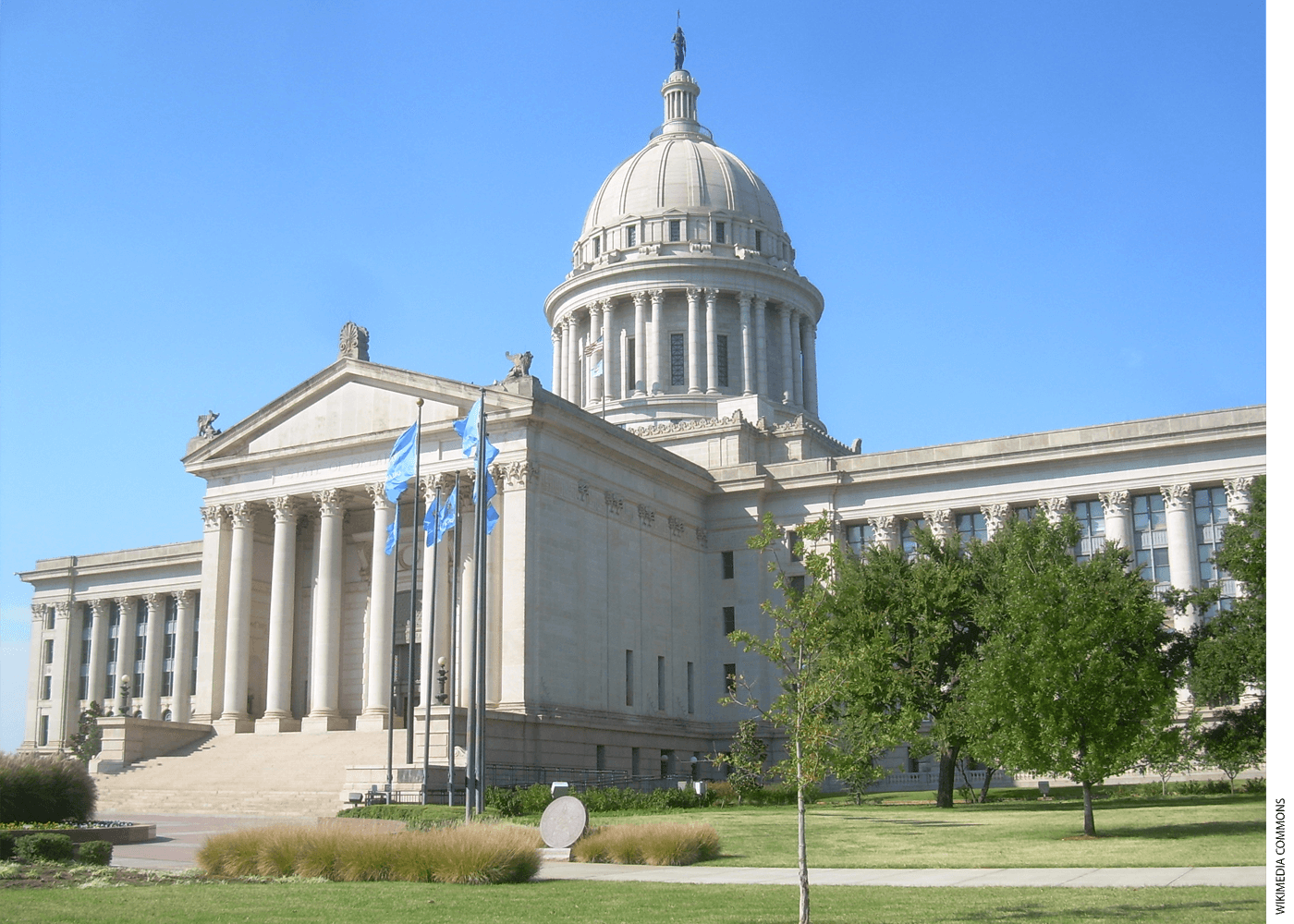A bill to create a school-voucher program in Oklahoma failed earlier this year to win passage in the state legislature. Oklahoma is a state where 68 percent of those surveyed favor school choice, and yet this small school-choice bill, which was sponsored by the state senate’s president pro tempore and supported by the governor, was defeated.
In 2020, I was the executive director of an Oklahoma charter school authorized by the local public-school district. The district retained 5 percent of our public funding each year as its authorizing fee. When the state passed a law capping charter authorizing fees at 3 percent of public funding, the authorizer raised our rent in an amount equal to the fee reduction.
Both events highlight the critical flaw in the current K–12 education-reform movement: it underestimates the system’s hostility to innovation. Even in a school-choice-friendly state like Oklahoma, even the narrowest of reforms only occasionally survive the challenge mounted by the traditional system. When they do survive, the system easily counteracts them. Our public-education system is a bureaucratic monopoly controlled by special-interest groups and, for all intents and purposes, immune to change.
The U.S. compulsory-education system works for no one. It is expensive, achievement lags internationally, teachers are leaving the profession, and parents feel powerless. Despite 60 years of increasing costs and disappointing results, almost nothing has been done to fix the system. Adults argue and point fingers while kids and society pay the price for inaction. Progress in education has stagnated.
Meanwhile, we have made progress in virtually every other human endeavor. We are living longer and living better. We are more prosperous thanks to innovation—borne of entrepreneurs taking risks and bringing new and better ideas to market.
The enemies of innovation, however, are the drivers of our public-education system: government bureaucracy, monopoly, and special interests. Government bureaucracies do not fear failure; they crave resources and therefore serve even higher levels of the bureaucracy to obtain them. Monopolies do not fear competition; they fear failure and so avoid taking the risks necessary for change. Special interests fear competition and crave influence; they subvert market incentives by amassing disproportionate power.
In the field of education reform, those supporting the traditional system call for more resources, while reformers advocate for various forms of choice. The reformers, however, rarely describe the prerequisite political changes that need to be made to make sustainable reform possible. The solution to the ills of our education system may in fact involve more resources eventually and certainly includes greater choice, but it must be preceded by political reforms that make the system amenable to sustainable innovation.
The political processes that control the education system exist outside the established norms of our electoral system. School-board elections are commonly held at times other than when general elections are held. For example, my home state elects school-board members in February. These off-cycle elections have low voter turnout and therefore give disproportionate influence to special interests, more specifically the teachers unions. These off-cycle elections frequently produce school boards with views on education that are different from those of the community the board represents.
School-board elections also commonly omit partisan labels from the ballot. The average voter doesn’t have time to research the positions of individual school-board candidates and so, even in on-cycle elections, will leave that choice blank. Again, this gives more influence to special interests. Partisan labels inform voters about likely candidate positions.
Finally, about 25 percent of states select the top educational executive in elections independent of the governor. Running for office forces candidates to curry special-interest favor. Being elected also makes the state head of instruction a natural competitor for the governor and therefore prone to unproductive conflict.
Until these political processes are changed, we cannot expect the education system to change, either. Even minor reforms will either not survive the legislative process or be easily counteracted once implemented. Real progress can only happen after we break the hold innovation’s enemies have on the education system.
Don Parker was a charter-school board member for 15 years, served two terms as the board chair, and two years as the district’s executive director. He also served three consecutive Oklahoma department of education administrations in a variety of advisory roles.



